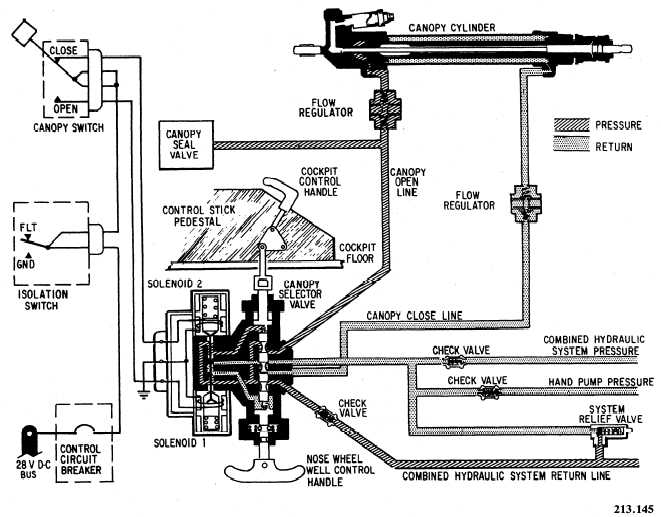Hydraulic Selector Valve
Clogging has become a common problem of flush toilets. It usually occurs as a result of an attempt to flush unsuitable items, or too much toilet paper. Flushing hair should also be avoided. However, clogging can occur spontaneously due to limescale fouling of the drain pipe or by overloading the stool capacity of the toilet. Stool capacity varies among toilet designs and is based on the size of the drainage pipe, the capacity of the water tank, the velocity of a flush and the method by which the water attempts to vacate the bowl of its contents. The size and consistency of the stool is also a contributing, but hard to predict factor. In recent years clogging has become more frequent due to regulations that require the use of small tanked low-flush toilets in attempt to conserve water. Sometimes, three to four flushes periodically during the use of a low-flush toilet may be required to prevent clogging, thus conserving less water than larger tanked toilets. Clogging is particularly insidious, as it is usually not discovered immediately, but only later by an unsuspecting user trying to flush a loaded toilet. Overflowing of the water mixed with excrement may then occur, depending on the bowl volume, tank capacity and severity of clogging. For this reason, rooms with flush toilets should be designed as wet rooms, with a second drain on the floor, and a shower head capable of reaching whole floor area. Common means to remedy clogging include use of toilet plunger, drain cleaner or a plumber's snake.








No comments:
Post a Comment